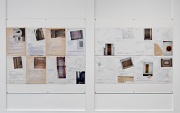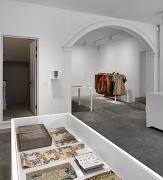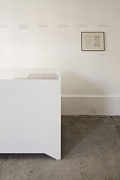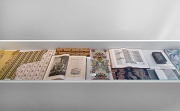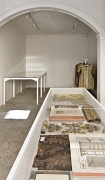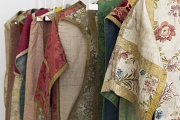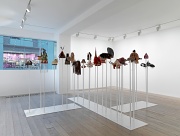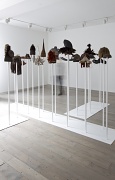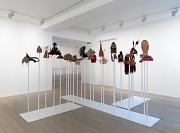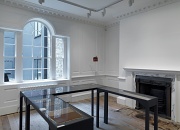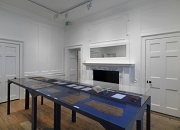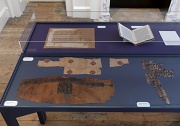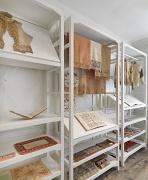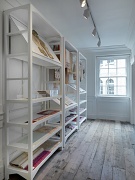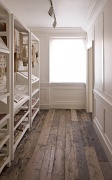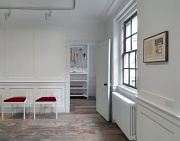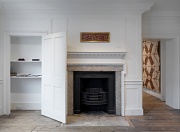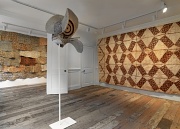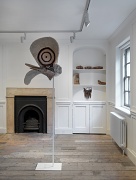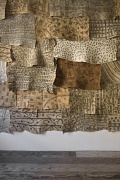Raven Row
56 Artillery Lane
London E1 7LS
T +44 (0)20 7377 4300
info@ravenrow.org
Wednesday to Sunday, 11am–6pm
1 March to 6 May 2012
Exhibition views
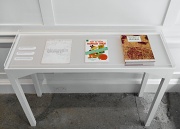
From left to right:
Seth Siegelaub (ed.), July, August, September 1969/Juillet, Août, Septembre 1969/Juli, August, September 1969
Ariel Dorfman, Armand Mattelart, How to Read Donald Duck. Imperialist Ideology in the Disney Comic (1975)
Center for Social Research on Old Textiles and Seth Siegelaub (eds.), Bibliographica Textilia Historiæ. Towards a General Bibliography on the History of Textiles Based on the Library and Archives of the Center for Social Research on Old Textiles
Photograph by Marcus J. Leith
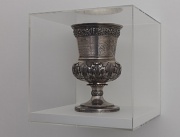
This Cup is Presented to Robert Brutton Esqre: by a few OPERATIVE SILK WEAVERS of Globe Fields Bethnal Green and its Vicinity as a Token of Gratitude for his Indefatigable Exertions in their behalf (as their Solicitor) at both HOUSES of PARLIAMENT in the Year 1823 whereby the Spitalfields Acts were Supported and the Price of their Labour secured to them.
Silver cup made by William Bateman. London. 1823. Courtesy of the Spitalfields Trust.
Photograph by George Eksts
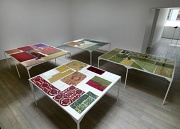
Exhibition view
Silk, gold and silver textiles and other precious fabrics
Photograph by Marcus J. Leith
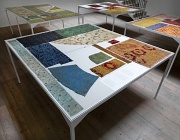
Exhibition view
Silk, gold and silver textiles and other precious fabrics
Photograph by Marcus J. Leith
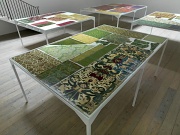
Exhibition view
Silk, gold and silver textiles and other precious fabrics
Photograph by Marcus J. Leith
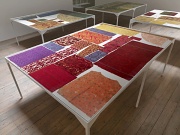
Exhibition view
Silk, gold and silver textiles and other precious fabrics
Photograph by Marcus J. Leith
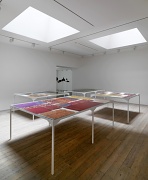
Exhibition view
Silk, gold and silver textiles and other precious fabrics
Photograph by Marcus J. Leith
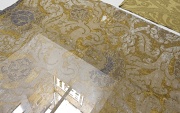
Left to right:
Front part of dalmatic with pomegranate pattern. Spain. 15th–16th century. Silk, metal thread [SST 100]
Piece of silk damask (back). Spain. 17th century. Silk [SST 171]
Photograph by 6a architects
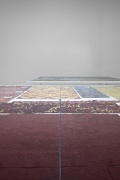
Exhibition view
Silk, gold and silver textiles and other precious fabrics
Foreground:
Panel in silk damask. Italy. 17th century. Silk [SST 177]
Photograph by 6a architects
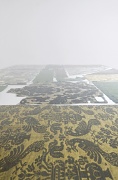
Exhibition view
Silk, gold and silver textiles and other precious fabrics
Foreground:
Woven silk panel. Spain? Italy? 17th century. Silk [SST 163]
Photograph by 6a architects
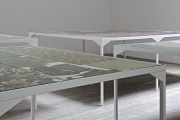
Exhibition view
Silk, gold and silver textiles and other precious fabrics
Photograph by 6a architects
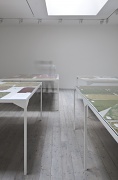
Exhibition view
Silk, gold and silver textiles and other precious fabrics
Photograph by 6a architects
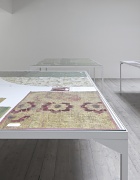
Exhibition view
Silk, gold and silver textiles and other precious fabrics
Foreground:
Velvet panel. Italy. Late 15th century. Silk, metal thread [SST 197]
Photograph by 6a architects
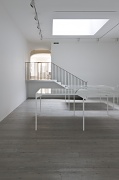
Exhibition view
Silk, gold and silver textiles and other precious fabrics
Photograph by 6a architects
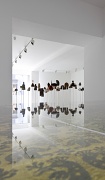
Exhibition view
Silk, gold and silver textiles and other precious fabrics
Foreground:
Woven silk panel. Spain? Italy? 17th century. Silk [SST 163]
Photograph by 6a architects
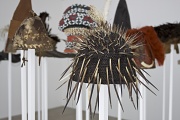
Exhibition view
Headdresses
Foreground: Prestige ceremonial knitted headdress ('Ashetu'). Bamiléké people, Western Grassfields, Cameroon. 20th century. Vegetal fibre, porcupine quills, feathers [SST 328]
Photograph by Marcus J. Leith
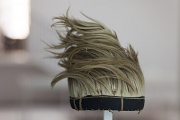
Exhibition view
Headdresses
Foreground: Headdress with animal hair on woven round structure. Bamiléké people, Western Grassfields, Cameroon. 20th century. Goat's hair?, raffia [SST 313]
Photograph by George Eksts
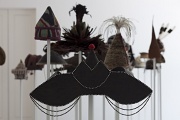
Exhibition view
Headdresses
Foreground: Bridal headdress with fibre surface and glass beads on wood structure. Miao people, Southeast China. Early 20th century. Bamboo (or bark?), cotton (or hemp?) [SST 635]
Photograph by George Eksts
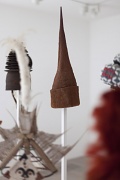
Exhibition view
Headdresses
Foreground: Pointed hat. Columbia? 20th century. Natural fibre and form grown on a tree [SST 373]
Photograph by George Eksts
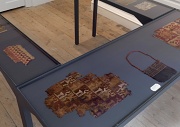
Exhibition view
‘Archaeological' Textiles
From left to right:
Embroidered textile fragment with puma head pattern. Peru. Ca. 16th century? Wool [SST 240]
Chancay woven textile made from square fragments with anthropomorphic figures. Peru. 900–1400. Wool [SST 641]
Chancay sack or handbag with animal pattern. Peru. Ca. 1300. Wool [SST 556]
Wari woven textile fragment with priest figures and small bird pattern. Southern highland region, Peru. Ca. 1000. Alpaca wool [SST 576]
Nazca tie-dyed crepe textile fragment. Peru. 11th–12th century. Wool [SST 241]
Photograph by Marcus J. Leith
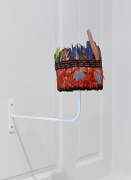
Tiahuanaco? feather headdress. Peru. Ca. 100 BC–750 AD? Bird feathers [SST 394]
Photograph by Marcus J. Leith
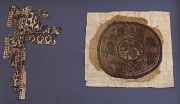
From left to right:
Coptic tunic fragment with figures. Egypt. 4th–5th century? Wool, linen [SST 068]
Coptic tapestry roundel with rabbits, a dog-like animal, and an angel. Egypt. 5th century? Wool, linen [SST 228]
Photograph by George Eksts
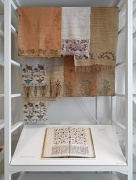
Above and below:
Embroidered towels and sashes. Turkey. 19th–20th century. Materials vary but include: cotton, linen, silk, silk and metal thread, metal strips [SST 029, 064, 065, 143, 145, 156, 157]
Margaretha Helm, Kunst- und Fleiss-übende Nadel-Ergötzungen oder neu-erfundenes Neh- und Stick-Buch (Nürnberg: J.C. Weigel, ca. 1700) [CSROT 4250]
Photograph by Marcus J. Leith
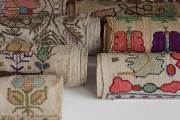
Embroidered towels and sashes. Turkey. 19th–20th century. Materials vary but include: cotton, linen, silk, silk and metal thread, metal strips [SST 057, 063, 147, 148, 159, 161]
Photograph by George Eksts
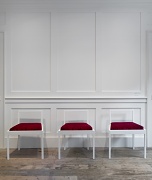
Chairs upholstered in stamped wool ('velours d'Utrecht'). France. 19th century. Wool [SST 039]
Photograph by Marcus J. Leith
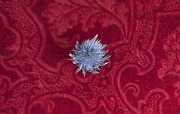
Thistle placed on chair upholstered in stamped wool ('velours d'Utrecht'). France. 19th century. Wool [SST 039]
Photograph by George Eksts
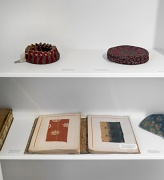
Top shelf, left to right:
Velvet gambling purse with embroidered motifs. Italy. 17th century. Silk, metal thread, spangles, wood [SST 020]
Embroidered velvet cap. Italy. Early 16th century. Silk, metal thread, spangles, linen [SST 056]
Bottom shelf:
Portfolio with 50 samples of Japanese textiles. Japan (textiles), France (album). 16th–19th century (textiles), 20th century (album). Silk, metal thread (textiles), cardboard, paper (album) [SST 086]
Photograph by Marcus J. Leith
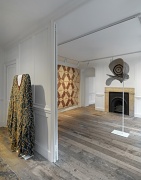
Exhibition view
Barkcloth and other natural fabrics
Left to right: Ceremonial royal indigo dyed robe. Bamiléké people, Western Grassfields, Cameroon. Mid-20th century. Cotton [SST 631]
Painted tapa headdress-mask stretched across wood frame. Baining people, East New Britain, Papua New Guinea. Early 20th century. Tree inner bark, black and red pigments, cord, wood (bamboo?) [SST 593]
Painted tapa panel. Tonga? Papua New Guinea. 20th century. Tree inner bark, black and red-brown pigment [SST 399]
Photograph by Marcus J. Leith
